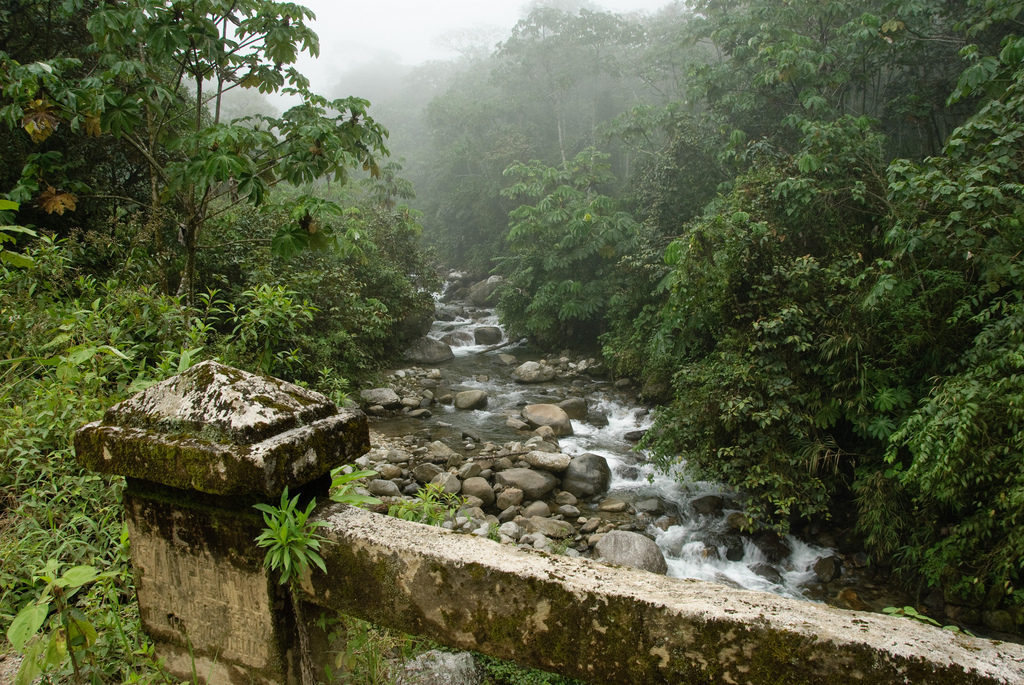Peru’s Manu National Park is a jewel. It is protected and considered one of Peru’s jewels. It starts at the Puna grasslands, which are 13.123 feet high. It descends to the Amazonian plain, which is 984ft. It goes through the Montane Forest (Dwarf Forest) and Football Forest (Football Forest).
It has more than 20,000 species of plants and more than 4000 species of animals.
Manu National Park: Untouched Ethnicities
Manu National Park can be described as exploring unexplored natural life and indigenous culture. You are able to experience the origin of life, as the planet has not been inhabited for over 150 years.
Untouched Ethnicities still exist within the Manu National Park’s boundaries. You can visit it from April through November. It is difficult to access the Manu National Park. You will have a wonderful jungle adventure thanks to the dense canopy of trees. It will take you a long, but scary drive to Cusco. It is then followed by a long boat trip to the Park.
The Boat Ride
It is thrilling to take a boat ride. The jungle canopy is very dense. It is difficult to spot Manu National Park animals and birds here. You will pass small, traditional towns along the way that look amazing and still retain the spirit of Peru’s old traditions.
If you love nature, the boat ride can be quite thrilling. It is difficult to see wildlife because of the thick vegetation. The river is quite wide. If you are passionate about photography, you can take a telephoto lens along.
It is important to understand that the boat ride is part of the sightseeing, and not just a way to get to the park.

Reserved Zone of the Manu National Park
Manu Reserved Zone is a better area for wildlife. You can also pay a small fee to see the wildlife in the reserved area of the park.
There will be more birds than animals. Because of dense jungle, animals will often be hidden. You can also see rare species such as monkeys, caimans and hummingbirds from your cabins. Sometimes you might see howler monkeys perched on high trees. You can also see (Otorongo Jaguars) along the riverside.
The Manu National Park offers a good site for viewing wildlife. Many wildlife species will be on display, including red and blue macaws as well as caimans, red-and-blue macaws, monkeys and hundreds upon thousands of birds.
Amazing symbiosis was achieved between birds, plants, insects, animals, and other creatures.
The Inquisitive Mix of Experiences
Peruvian trekkers are extremely knowledgeable. Experienced guides will also be available. You will find all the comforts you need in this dense jungle.
There are many options available for bird watching. Quetzal, king vultures, hummingbirds and managers are just a few of the many options. The best part of Macaw Clay Lick is Tambo Blanquillo, along with parrots and parakeets.
Manu Reserved Zone is a wildlife hotspot. It’s worth the effort to visit the Manu Reserve Zone and experience the rich wildlife and thick canopy. These are simply amazing.







